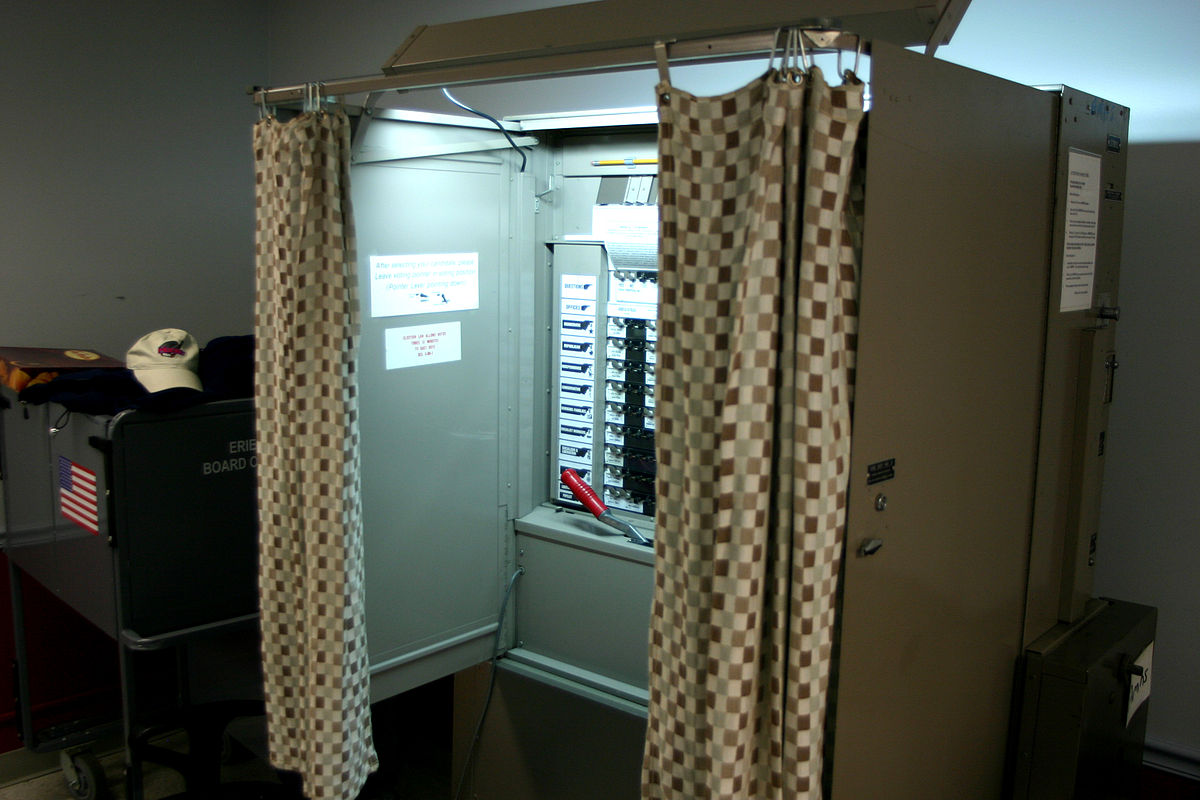
The election in Chicago, dear readers, is half-over and headed to a run-off in April.
The results, per Chicago Tribune reporting:
Self-declared reformist progressive Lori Lightfoot, 17.5%.
Union and machine-backed, machine-disowning self-declared progressive Toni Preckwinkle, 16%.
Tribune-endorsed and business-backed Bill Daley, 14.7%.
Self-made millionaire businessman Willie Wilson, 10%.
Followed by assorted technocrats, community activists, anti-machine/anti-corruption activists, law-and-order candidates, and the like with lower vote totals.
Now, I am not a Chicagoan, but the well-being of the city affects the rest of us, too, not least because of the inevitable squabbles between city and state about money. And the race has been discouraging for multiple reasons, among them the fact that the sheer number of candidates involves an awful lot of the game of supporting multiple candidates from a constituency not your own, to dilute their vote.
And the end result: the top two vote-getters are, in many ways, clones of each other. Oh, I don’t mean the fact that they’re both black women. That doesn’t particularly interest me. But the very headline on today’s Tribune article speaks for itself: “Hours after historic election, Lori Lightfoot and Toni Preckwinkle each argue they’re more progressive than the other.” Perhaps readers who are wiser than I will have a better sense of how they fit into the overall political landscape, and maybe it is indeed the case that Chicago voters are indeed so ready for a progressive that they are largely happy at the choice between machine progressive and non-machine progressive. As far as I could tell, the only difference between the two on their websites was the exact year by which they intend to convert the city into all-electric buses, and whether they promise all-renewable or merely all-clean electricity for the city. Perhaps, again, Chicagoans can identify nuances important to them that I don’t see.
Here’s another Tribune article, by columnist Dahleen Glanton, “Two black women will face off in Chicago’s mayoral runoff, but mostly white voters put them there.” What’s she mean by that? She writes:
What makes this mayoral race so unique is that neither of the black women heading to the runoff was the first choice of voters in wards where the majority of the city’s African-Americans live.
Preckwinkle won only four of the city’s predominantly black wards, according to unofficial results. Though she emerged as the front-runner, Lightfoot didn’t win any.
Voters on the South and West sides overwhelmingly supported Willie Wilson, a black self-made millionaire who never had a real chance of winning citywide support. But Wilson won 14 predominantly African-American wards.
Instead, Preckwinkle’s base was Hyde Park and the neighborhoods surrounding it, and Lightfoot “won with the help of affluent white voters on Chicago’s North Side lakefront.” Now, Glanton continues by lamenting (if I follow her correctly) that there was not a single candidate supported by a unified black community, but what I’m taking from her column is that neither of these finalist-candidates had strong support among the black community, despite their race/ethnicity.
And here’s a fourth article, “A broken alliance: Did Jerry Joyce spoil Bill Daley’s mayoral bid?” Billy Daley had 7,000 fewer votes than Preckwinkle; cop and firefighter-heavy wards from which Daley had hoped for support instead swung to Jerry Joyce, who picked up 7% of the vote in total. The article doesn’t definitively deem Joyce a spoiler, and quotes a supporter who rejected that claim. But the math checks out: if Joyce supporters would uniformly, or even partially supported Daley, he would have been in the run-off rather than Preckwinkle.
Which brings me to ranked-choice voting, or preferential voting.
Here’s the description of this voting method at Fairvote.org:
With ranked choice voting, voters can rank as many candidates as they want in order of choice. Candidates do best when they attract a strong core of first-choice support while also reaching out for second and even third choices. When used as an “instant runoff” to elect a single candidate like a mayor or a governor, RCV helps elect a candidate that better reflects the support of a majority of voters.
The system is used in a growing number of municipal elections (as listed by Fair Vote), and was also used in Maine for their 2018 congressional elections. But it’s not an experimental system — ranked-choice voting has been in place in Australia for over 100 years.
And, courtesy the website ChickenNation.com and author Patrick Alexander (and explicitly made available for sharing when not for commercial use), here is an explanation of that system:




So I find myself thinking of all the ways in which this system (however much it might take some getting used to) would have led to a different dynamic in the Chicago election. Yes, there are risks that voters would find the system too confusing (but they’d surely get used to it) and, yes, voting itself would take longer, but it might well have led to a very different outcome, and in any event would have meant that Chicago’s voters could have had a much more meaningful say in their next mayor.


